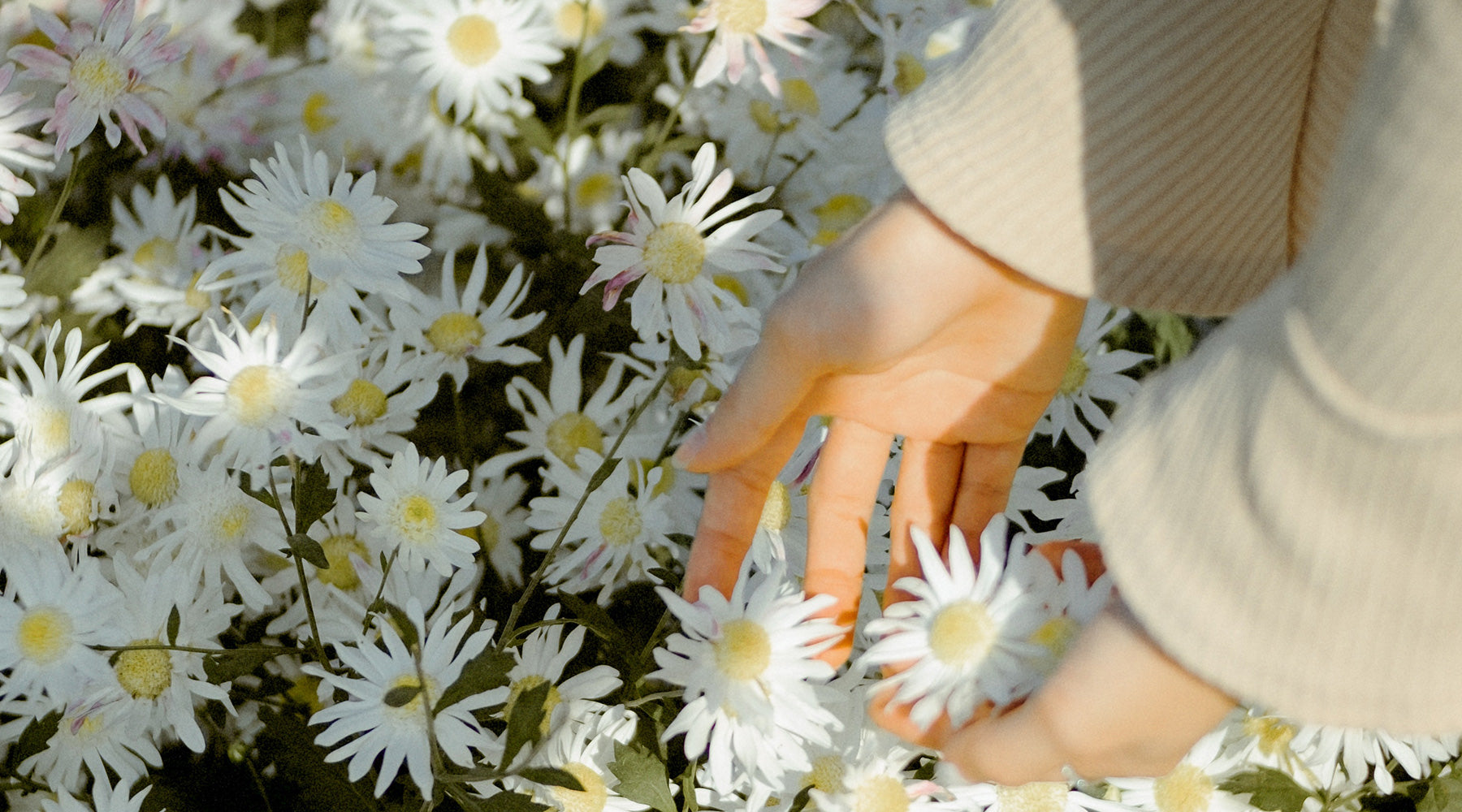Daisy Flower Symbolism and Hidden Meanings

The daisy flower has long captivated the human imagination, representing purity, innocence, and renewal across civilizations and centuries. Its delicate petals and radiant centers have woven their way into folklore, art, and spirituality, becoming an emblem of both simplicity and profound symbolism. Whether featured in romantic gestures, woven into ceremonial garlands, or studied in botanical lore, the daisy continues to inspire meaning beyond its humble appearance. For those eager to explore deeper symbolism in nature, insights from flower symbolism across cultures, the timeless role of mythological flowers in history, and reflections on seasonal blossoms in spiritual traditions provide a broader canvas for understanding.
Historical Roots of Symbolism
In ancient societies, the daisy emerged as a recurring motif within oral traditions and sacred rituals. Nordic mythology celebrated the flower as sacred to Freya, the goddess of fertility, beauty, and love. It symbolized birth, new beginnings, and the renewal of life cycles. The Romans, too, associated the bloom with purity and the gentle qualities of childhood. The recurrent presence of daisies in myth demonstrates how cultures instinctively connected the natural rhythm of blossoms to the cycles of human existence.
The Language of Innocence
During the Victorian era, floriography—the language of flowers—codified the daisy as an emblem of innocence and youthful joy. A single bloom could communicate affection unmarred by ulterior motives, while a cluster conveyed loyalty and enduring friendship. In social circles where words were often restrained, floral exchanges became a poetic medium of unspoken sentiment.
A Dual Nature: Day and Night
One of the most fascinating aspects of daisies lies in their heliotropic quality. The flowers open at dawn and close as dusk approaches, embodying themes of awakening and rest. This natural rhythm inspired associations with clarity, truth, and the balance between opposites. The interplay of light and shadow encapsulated in a daisy’s behavior reflects the duality inherent in all forms of life.
Symbolism in Art and Literature
Artists and writers often harnessed the daisy’s simplicity to convey complex emotions. Medieval illuminations depicted it as a sign of divine innocence, while Romantic poets drew upon its imagery to evoke pastoral beauty and fleeting youth. Its recurring role in visual and literary expressions underscores the universality of its symbolism.
Cultural Traditions Around the World
Across cultures, daisies hold unique places in ritual and daily life. In Celtic folklore, they were believed to be the spirits of children who died in infancy, sent to comfort grieving parents. In European customs, daisy chains adorned children during festivals, signifying joy and protection. Such practices reveal how communities used the flower as both ornament and spiritual talisman.
Spiritual and Metaphysical Dimensions
Beyond physical beauty, daisies hold resonance in spiritual traditions. They are seen as embodiments of divine light and simplicity. Practitioners of meditation and energy healing often regard the bloom as a symbol of clarity and spiritual awakening. Its symmetrical structure is perceived as a reminder of universal harmony, encouraging alignment with higher consciousness.
Love, Romance, and Folklore
The age-old ritual of plucking daisy petals while chanting “loves me, loves me not” demonstrates its strong connection to romance and fate. This playful yet poignant tradition encapsulates humanity’s longing for certainty in matters of the heart. The daisy becomes both a game and a divination tool, embodying the unpredictability of love.
Botanical Intricacies
Scientifically, daisies belong to the Asteraceae family, which encompasses a vast range of composite flowers. Each “single” daisy is, in truth, a cluster of tiny florets—disk florets forming the center and ray florets creating the illusion of petals. This composite nature mirrors philosophical themes: the whole composed of many, unity within diversity. Such intricacies amplify the metaphors that cultures have long drawn from the flower.
Daisies in Seasonal Celebrations
Spring festivals worldwide often feature daisies as heralds of renewal. Their emergence alongside other wildflowers marks the end of winter’s austerity and the promise of abundance. In pagan celebrations of Ostara, the equinox festival, daisies were part of floral offerings symbolizing fertility and growth. These seasonal associations further reinforce their role as emblems of life cycles.
Healing Associations in Herbalism
Traditional herbal practices also imbued daisies with medicinal value. Infusions made from the plant were believed to alleviate coughs, digestive issues, and inflammation. The healing qualities attributed to the flower complemented its symbolic connotations of comfort and renewal. Though modern medicine rarely employs daisies, the folklore remains alive in herbalist traditions.
Colors and Their Meanings
While the classic white-petaled daisy is most familiar, variations carry distinct meanings. Yellow blooms symbolize cheerfulness and optimism, while pink varieties evoke admiration and gentleness. Each hue adds a layer of nuance, enriching the symbolic lexicon of the flower. The diversity of colors demonstrates how a single botanical form can accommodate multiple interpretations.
Daisies in Modern Symbolism
In contemporary culture, daisies continue to appear in fashion, jewelry, and design. They symbolize carefree youth and nostalgic innocence, often evoking a return to simpler times. Campaigns for peace and environmental consciousness also employ the daisy, leveraging its association with purity and harmony to communicate broader ideals.
Intersections with Feminine Energy
Throughout history, the daisy has been linked to feminine energy. From Freya in Norse mythology to its frequent presence in bridal bouquets, the bloom reflects themes of fertility, nurturing, and protection. It conveys the essence of maternal love, embodying gentleness alongside resilience. This association continues to resonate in cultural rituals honoring womanhood.
Daisy Chains and Childhood Memories
Children weaving daisy chains in meadows create imagery that resonates across generations. Such innocent play reflects the flower’s enduring ties to youth and simplicity. Beyond their ornamental use, chains also symbolize interconnectedness and the bonds of friendship formed in childhood. Midway through this exploration, a glance at traditional flower practices in folklore reveals the enduring universality of these customs.
The Daisy as a Symbol of Transformation
Its association with rebirth and beginnings makes the daisy a powerful emblem of transformation. Emerging in the wild after cold winters, the flower stands as a testament to resilience. It reassures that life perseveres despite adversity, offering inspiration for personal growth and renewal.
The Religious Dimensions
Christian symbolism often portrays daisies as representations of the Virgin Mary’s purity. They appear in medieval manuscripts and cathedral carvings, reinforcing ideals of innocence and divine grace. Such religious associations elevated the flower beyond natural beauty, embedding it in spiritual consciousness.
Psychological Interpretations
In modern psychology, symbols like the daisy are studied for their archetypal meanings. It embodies simplicity, honesty, and positivity, resonating with the collective human psyche. The flower’s form and behavior inspire therapeutic imagery, offering reassurance during times of uncertainty.
Environmental Resonance
As resilient wildflowers, daisies thrive in diverse conditions, symbolizing adaptability and endurance. Their ability to flourish in meadows, roadsides, and gardens alike reinforces themes of strength in simplicity. They remind humanity that beauty need not demand grandeur but may reside in persistence and modesty.
A Universal Emblem
From ancient myths to modern celebrations, daisies transcend boundaries of time and culture. They weave together strands of mythology, spirituality, medicine, and art into a rich tapestry of meaning. Those seeking further connections may delve into cultural symbolism in botanical traditions, where daisies stand among countless blooms carrying humanity’s collective hopes and fears.
Contemporary Adaptations
Designers, writers, and spiritual practitioners continue to reinterpret the daisy’s message. Whether as minimalist tattoo motifs, poetic metaphors, or eco-conscious symbols, the flower remains ever relevant. Its versatility ensures its ongoing presence in both personal and collective narratives. Those who follow the evolving dialogue between nature and culture may find illumination by exploring modern interpretations of symbolic flowers, which highlights the enduring resonance of blooms like the daisy.





